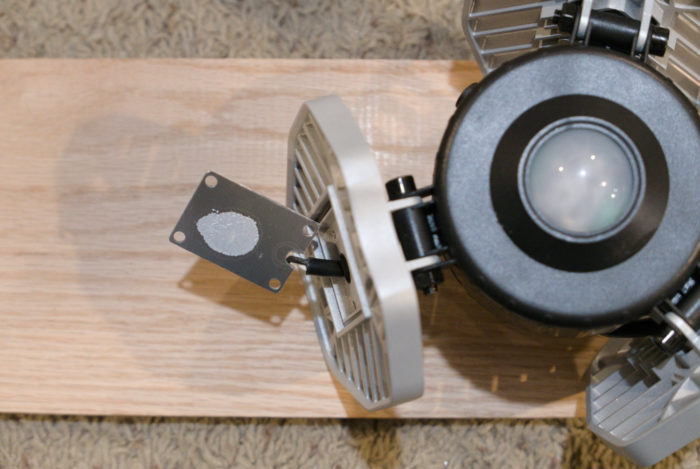In a bid to cut our energy consumption, I looked at all the various lighting around my house. Most of the bulbs were already CFLs or LEDs, so there wasn’t much in gains to be made there. But then I looked at my garage.
Fluorescent tubes. 32W each. 16 of them for about 650 sq.ft. Which does a good job at lighting the garage, but drawing over 500W of power when they’re on. Yikes! Something that really stood out on my last power bill, as I’d been out in the garage more than typical recently.
So I decided to replace the fluorescent fixtures with standard light sockets and LED bulbs. The Beyond Bright caught my attention, since I could find it readily at my local Home Depot. And then bought two of the Beyond Bright Ultras. 6000 lumen each, according to the maker, while drawing only 60W.
And while I think the lumen rating by the manufacturer is vastly overstated, they do put out a lot of light. Enough that two replace most of the fluorescent lights in my garage. I do have a workbench over which I’ll eventually install LED light bars. So these won’t replace all of the lighting. Once all of them are replaced, though, it should go from over 500W to around 150W to 200W at most. Less once I redo how they’re connected into the wall switches so I’m not turning all of them on at once.
I’ve been making other lighting projects recently. (Article coming on one of them: a portable LED tube light I built for night photography.) So being curious, I wanted to find a part number on the three LED panels to look up details. Or at least get measurements on the individual emitters and guesstimate. And it was in getting one of the panels out that I discovered a significant issue.

Each panel is made up of 48 LEDs in an 8×6 grid. Likely SMD 2835s, meaning they’re surface mount and 2.8×3.5mm with a square emitter. The exact specs would depend on who made them.
Along with putting out a lot of light for their size, SMD and chip-on-board (COB) LEDs generate a lot of heat. And that heat needs to be dissipated. Heat kills LEDs. They will dim over time from age, but inadequate heat dissipation will kill them faster.
The LED panels are set into aluminum flaps. And they’re designed so convection dissipates the heat. But without an adequate amount of thermal compound, i.e. a lot more than just a small drop, the LEDs cannot adequately dump their heat into the aluminum to reach anywhere near its advertised 30yr lifespan.
Especially since most thermal compounds don’t last that long. I don’t know of one that does.
Given that some reviews of the Beyond Bright (not the Ultra) say the lights died after only a few months, this is a likely culprit.
So before putting these lights into service, I decided to rectify this. By going all-out and using Arctic MX-4. It’s what I had as I was working with high-power (e.g. 100W) LEDs recently, plus I use it on any computer builds. It’s also advertised as having an 8-year lifespan in service.
Any decent-quality thermal compound will work because you’re dissipating only 20W of heat at most per panel – going off the advertised 60W power draw. Better compound will last longer – again, Arctic MX-4 is rated for 8 years – and perform better but, again, we’re talking only about 20W of heat into a decently-sized piece of aluminum.
The amount of thermal compound is more important. It needs to cover the entire underside of the LEDs with a thin layer.
Ideally these panels would’ve been glued in with a decent thermal epoxy, a thin layer under the entirety of the LED panel. That would all-but guarantee the 30 year advertised lifespan. But replacing the thermal compound should at least allow me to get decent life out of these lights.
You must be logged in to post a comment.